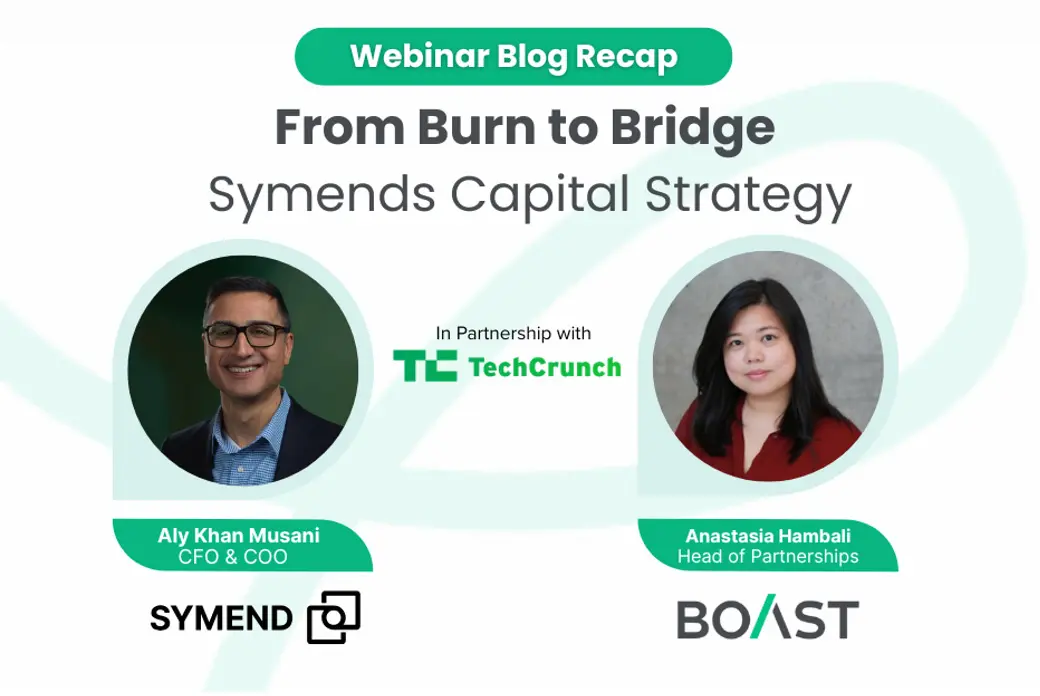A company that succeeds only to then sit back and enjoy its exalted position is a company that won’t be in that position for long. Continued success depends on being able to sustain wins, and sustained wins often depend on Research and Development.
This is because the rest of the world doesn’t stay still. Others will see what you’re doing and improve upon it. So if you stay still, you’ll be left behind. Consequently, continuous improvement is what’s required, and there’s no substitute for what Research and Development delivers in this regard.
But how does a business owner decide how much to devote to an R&D budget? R&D is all about pushing the envelope, and this can be expensive. When you’re taking new steps into uncharted territory, it’s tricky to shape a budget realistically. There are, though, certain steps you can take which will help you to design an effective R&D budget. Let’s take a look at them.
Define R&D objectives and goals
Start by asking yourself what you want your R&D to achieve. It helps here if you can be specific. An objective such as being the number one hosted phone system provider in the business tells us your overall ambition but in itself is an imprecise goal.
A much clearer objective is the wish to tweak an aspect of your hosted phone system. For example, your contact agent could be less crowded with unnecessary items. It could be more intuitive. This gives your objective an element of clarity. You can then visualize the work required, which is a key part of R&D budget planning, as we’ll see.
Once you have a list of specific objectives, you can then rank them in order of priority for your business. If a concise and coherent customer history feature is more important to you than, say, overhauling the way the system deals with supervisor-agent communications, then you should prioritize accordingly.
When attaching a priority, think about the urgency of any change. Also, what value will it deliver to the business? This will give you a rounded idea of the significance of any mooted improvements.
Conduct a technology and market analysis
This is where you take a look around at what’s happening in your field. Ask yourself, what are the emergent technologies and practices? What do clients seem to want? What are your competitors delivering for them?
This stage is crucial as it gives context to your R&D budget activity. You can surmise what’s possible and what’s in demand. This will help direct your thinking.
Allocate budget to core R&D areas
So, now you know what your objectives are and how feasible and advisable they are. You can now start attaching financial figures to each area of activity. Remember to stick to your order of priority and be realistic. If something’s going to take a huge number of hours to get right, be mindful of this. Make sure you apply an appropriate cost figure.
Whatever the type of research and development, budgets can be a little flexible. One objective may turn out to be somewhat cheaper than expected, which can pay for an overspend in another area. But despite this, you do need to take care to make them as accurate as possible, using whatever information you have to hand at the time of budget allocation.
Resource planning and allocation
R&D budget design is not only about costs. You also need to decide where resources are going to come from. This will determine the level of complexity of any operation and give a steer on how long the overall activity is likely to take. If you have to use resources from overseas, you can multiply the length of time the operation will need.
This, of course, then feeds into costs, so you’ll need to apply these elements of resource planning to your budget allocation.
Another factor to bear in mind here is that resources might come in the shape of grants and other forms of Federal funding. It’s always a good idea to be abreast of any such help you may qualify for. You pay your taxes, so you’re due a bit of payback from time to time. Being conscious of financial assistance like this can bring unattainable projects within reach.
R&D projects centering on sustainability and other such hot topics may very well secure monetary support from governmental or other agencies, so it’s worth investigating.
Whenever dealing with issues of resource identification and trying to build them into an overall process, it’s crucial that you use a great ERP solution. The right enterprise resource planning will help you avoid oversights as it brings all your data together and helps you allocate resources wherever they’re needed the most. So you can stay organized as complexity builds.
Manage intellectual property and legal costs
The area of intellectual property can be fraught with difficulty. The software used with it is also a massively growing market.
Image sourced from grandviewresearch.com
So, it’s big business and an area you can’t afford to ignore. Elements such as the expense attached to securing patents and paying for legal costs have to feature in any R&D budget. Otherwise, your project will fail at the first sign of any dispute.
Legal advice and representation costs can be colossal, but even these can be dwarfed by the cost of a court judgment going against you.
So, as well as preparing for any legal action that might crop up, do your best to head off any likelihood of it by being certain that your business is walking an unquestionably ethical and legal line. Not that you would entertain any other path.
Risk management and contingency planning
We operate in an uncertain world, and we have to acknowledge risk. That’s not to say that you need to build into your budget a manifestation of every possible hazard. Part of effective risk management is singling out what is more likely to occur and worth protecting against or mitigating. This is distinct from distressing but remote possibilities.
We can’t possibly budget for every eventuality. Besides, it would be stultifying if we allowed every possible risk to affect our mindsets. But we need to be aware of what is possible or even probable during the course of the R&D project. We then need to devise a plan to cope with such a contingency.
Once you have your contingency plans in place, make sure everyone knows about them so if disaster strikes, you all have a strategy to stick to.
Collaborative budgeting and cross-functional involvement
Sometimes, the most effective projects are the ones that incorporate input from a range of different areas of the business. The benefits include sharing of budgetary load and the harnessing of diverse viewpoints. Different stakeholders will have a range of perspectives, experiences, and data sets. These will inform your research.
The drawbacks can include conflict over direction and orchestration difficulties. So, you need to think carefully about how any cross-functional involvement is to take place. Let’s say some UX work is going to need input from designers as well as customer service agents. You need to foresee any potential problems with their ability to work together.
Will you need to bring in external UX designers? Will they share the same language/terminology? When is a good time for all the stakeholders to link up that will sit well with all their working patterns?
If you can spot potential problems ahead of time and think about their solutions, you’ll have a much smoother collaborative process.
Monitor budget and performance evaluation
It’s crucial to monitor expenditure and performance throughout your key business activities. It’s just the same with R&D budgeting. Expenses can easily run out of control, so you must continuously monitor outlay.
A good way to track budgets and expenditures is to use project management or ERP softwares, as they tend to combine all of your business and financial data, giving you a greater insight into your project’s performance. You can even find specific softwares depending on your business’s needs, such as manufacturing software systems and innovation management software.
For a meaningful perspective, track expenditure against results. If your Research and Development is costing you about what you expected, but it’s achieving virtually nothing in the way of usable results, it’s a spend you need to curtail. So, stay in constant touch with your R&D personnel and ask to see results regularly.
Flexibility and adaptability
R&D budgets, as we’ve mentioned, should allow for a little flex. This has to be the case, as Research and Development has so many unknowns. That’s the nature of the beast.
This is one of the reasons we have contingency funds built in. Risks aren’t just about dramatic accidents or headline-making episodes of industrial espionage. Risks can also be the everyday problems of supply chain holdups or staff illness.
These kinds of problems beset just about every project on occasion. So you need to make sure that your R&D budget has elasticity enough to cope.
Good budgeting is good thinking
Whichever business sector you’re involved in, and whatever you are, from drug developer to shoe seller, most types of companies can benefit from a little R&D thinking now and again. It’s good to have the chance to think about what you offer. And to see how you can factor in market conditions and technological developments to try to improve it.
This way, you can enhance your output and make a huge contribution to revenue growth. The more you think about your activities, the more innovative solutions can be generated. But you do need to consider what expense and resources will be required, from capital equipment to staff travel and any additional funding levels necessitated.
This is the essence of good R&D budgeting. It needs to clearly and realistically describe the extent of development expenditure that is likely. Once you’ve got this covered, you can go on to enjoy the results.


